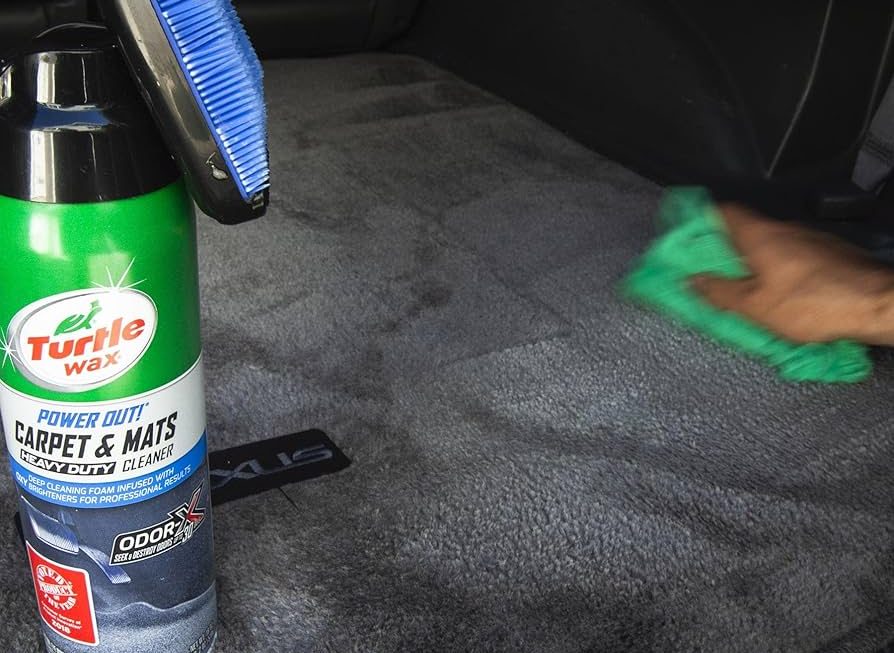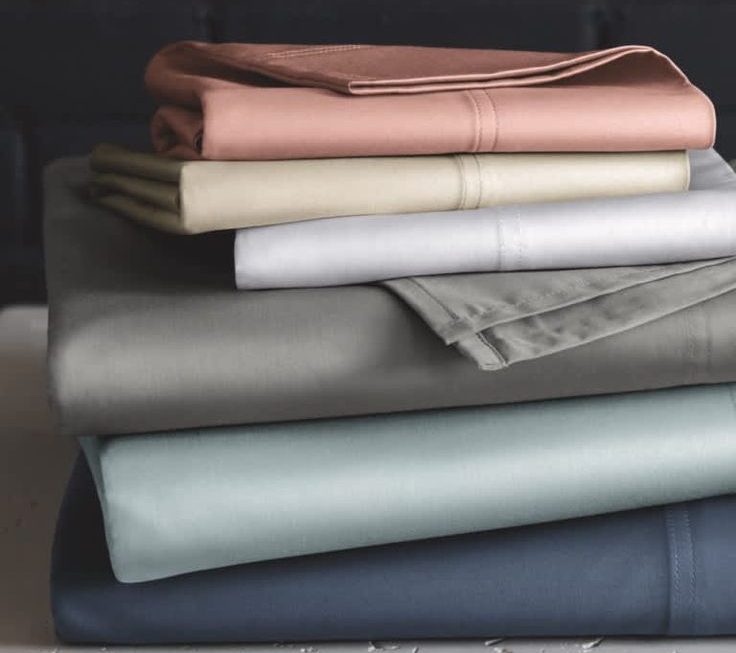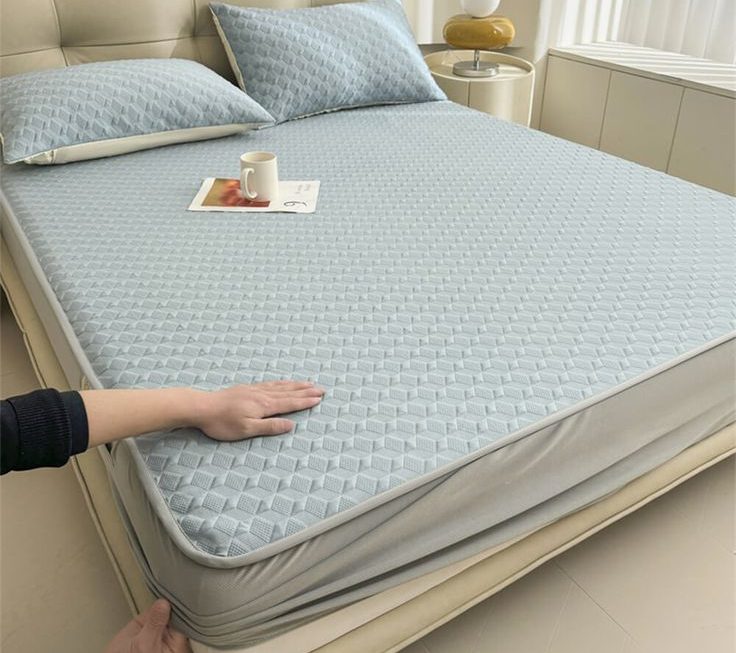Introduction to Removing Wax from Carpets
Wax spills on carpets can pose a real challenge. Whether from a romantic dinner, a power outage, or simply an accident, candle wax can find its way into the fibers of your carpet, leaving behind a stubborn residue. The good news is that with the right approach and tools, you can remove wax from your carpet, restoring its original look. In this section, we’ll discuss the process of getting wax out without damaging your carpet. From the initial steps you should take after a spill to the final touches that will leave your carpet looking as good as new, we’ll cover it all
To begin, it’s crucial to act quickly once you notice the wax spill. The longer the wax sits, the harder it will be to remove. You’ll need a few basic supplies, most of which you may already have in your home. These include items such as an iron, a butter knife, paper towels, or a clean white cloth, and a reliable carpet cleaner.
Throughout this guide, we’ll take you through a systematic process, starting with the essential tools needed for wax removal. Each step is simple to follow and proven effective. With patience and attention to detail, you can tackle this task with confidence. Let’s dive into the essentials you’ll need to begin the wax removal process.
Essential Tools for Wax Removal
To effectively remove wax from your carpet, having the right tools is essential. Before starting, ensure you have the following items:
- Ice Pack or Frozen Item: To harden the wax, making it easier to scrape off.
- Dull Knife or Plastic Card: For gently removing the hardened wax without damaging carpet fibers.
- Iron or Hair Dryer: An iron on a low setting without steam, or a hair dryer for melting any remaining wax.
- Absorbent Towels or Paper Bags: To absorb the wax when heated during removal.
- Carpet Cleaner or Rubbing Alcohol: For treating any remaining spots or stains.
- Clean White Cloth: To blot the carpet after applying the cleaner.
- Vacuum Cleaner: To pick up any loose wax residue and to fluff up the carpet after cleaning.
By assembling these items, you are prepared to tackle the wax removal process. Each plays a role in ensuring that you get wax out of your carpet efficiently and without causing damage to the carpet’s fibers.

Step-by-Step Guide to Removing Dry Wax
Removing dry wax from your carpet doesn’t have to be daunting. Follow this straightforward guide to tackle the problem effectively. Here’s how you can get that stubborn wax out of your carpet fibers, step by step:
Step 1: Harden the Wax
Speed is crucial. As soon as you notice the spill, act fast. Place an ice pack or a bag of frozen peas over the wax to freeze it. Wait a few minutes until the wax hardens completely.
Step 2: Scrape Off the Wax
Once the wax is frozen, take a dull knife or a plastic card and gently scrap off the hardened wax. Be careful not to tug at the carpet fibers. Aim to remove as much wax as possible.
Step 3: Heat the Remaining Wax
Lay an absorbent towel or brown paper bag over any leftover wax on the carpet. Use an iron on the lowest setting or a hair dryer to heat the wax through the towel. Keep the heat moving to prevent damage.
Step 4: Absorb the Melted Wax
As the wax melts, it will get absorbed by the towel. Move the towel around to clean areas to lift off more wax. If you’re using a paper bag, replace it with a fresh piece as needed.
Step 5: Treat Residual Stains
After removing the wax, check for stains. Dab the spot with carpet cleaner or rubbing alcohol using a clean white cloth. Again, be gentle and blot, don’t rub, to avoid spreading the stain.
Step 6: Final Touches
Once the area is clean, let the carpet dry. Then, use your vacuum cleaner to suction up any crumbled wax pieces and to fluff the fibers. Now your carpet should look refreshed and wax-free.
Armed with these steps, you can confidently address wax spills on your carpet. Remember, dealing with the spill immediately increases your chances of eliminating all traces of wax effortlessly.

Techniques for Extracting Remaining Wax
After you scrape away as much solid wax as possible, there may still be residue left behind in the carpet fibers. In fact, fully removing wax often requires a bit more effort to extract every last bit. Here’s what you need to do:
- Use a Warm Iron: Set your iron to a low heat setting. Place a paper towel or a piece of brown paper bag over the remaining wax. Gently iron over the paper to heat the wax. Be sure to keep the iron moving to prevent any damage. The wax will stick to the paper, lifting it away from the carpet.
- Hair Dryer Method: If you don’t have an iron, a hair dryer could work too. Direct warm air onto the wax to soften it. Once it’s malleable, blot the area with a clean cloth or paper towel.
- Absorption Technique: As the wax melts, press down on the paper towel or brown paper to absorb the wax. Change to a clean section of towel or new paper as the wax is lifted onto it. This may require several attempts.
Remember to avoid using any tools or methods that could overheat and potentially damage the carpet fibers. Always keep safety in mind when dealing with heat.
Through careful heating and absorption, you can successfully extract the remaining wax from your carpet, leaving it looking clean and presentable once again.
Addressing Stains After Wax Removal
After you’ve diligently removed the wax from your carpet, you may notice some residual stains. Don’t worry, these can often be addressed with a few additional steps. Here’s what you need to do:
- Spot Clean with Carpet Cleaner: Apply a carpet cleaning solution directly to the spot. Use a clean, white cloth to blot the stain gently. Repeat until the stain fades.
- Use Rubbing Alcohol: If the carpet cleaner alone does not work, try dabbing rubbing alcohol onto the stain. Again, use a clean cloth and blot lightly.
- Rinse with Water: Once the stain is gone, dampen another cloth with water and blot the area to rinse out any cleaning solution.
- Dry the Area: Let the carpet dry completely. Avoid walking on it or placing furniture over it until it’s dry.
- Vacuum: Once the carpet is dry, give it a quick vacuum. This will help restore the carpet’s texture.
By following these steps, you can tackle the stubborn stains left behind after wax removal. Always test any cleaning solution on a small, inconspicuous area of the carpet first to ensure it doesn’t cause any discoloration.
Tips for Removing Colored Wax
Removing colored wax from your carpet requires extra care. Colored wax often contains dyes that can stain the fibers of your carpet, making the removal process a bit more complex. Here are some practical tips to help you deal with colored wax spills effectively:
Use Heat with Caution
Apply heat cautiously when dealing with colored wax to avoid setting the stain. Use a white cloth and iron on a low setting, just as you would with clear wax,
Blot, Don’t Rub
Blot the area with a clean white cloth after applying your chosen carpet cleaner. Rubbing can spread the dye and worsen the stain. Keep it gentle and be patient.
Test for Colorfastness
Before applying any cleaner, always test it on an inconspicuous area of your carpet. You’ll want to make sure it doesn’t lead to color bleeding or fading.
Consider Specialized Stain Removers
If the dye has set in, you might need a specialized stain remover. These products are designed to tackle tough dye stains without harming your carpet.
Repeat if Necessary
Sometimes, you may need to repeat the heat and blotting process a few times. This ensures that all the wax and dye are thoroughly removed from the carpet fibers.
By following these tips, you’ll improve your chances of getting out colored wax without leaving behind a tell-tale spot on your carpet. Always remember to act quickly when a spill occurs, and use the right materials for the job. With the right approach, your carpet can look as good as new, even after a colored wax spill.

Alternative Wax and Stain Removal Materials
When removing wax from carpets, alternative materials can be helpful. Here are some methods:
- Parchment Paper: Use it with an iron to lift wax, but be cautious of overheating.
- Rubbing Alcohol: Works well on stains but test a small area first.
- Bleach: Avoid using it; it can damage carpet colors and fibers.
- Isopropyl Alcohol: Can dissolve wax; use with care and test first.
Although these alternatives are available, not all are recommended. It’s important to choose materials that won’t harm your carpet’s texture or color. Always do a small test to prevent damage. The best approach is to use tools and products designed specifically for carpets. This will ensure the best and safest cleaning results.
Conclusion: Best Practices for Carpet Care
When dealing with candle wax on your carpet, quick action and the right methods are key. Having learned various ways to remove wax, it’s important to wrap up with key takeaways. Let’s recap the best practices for efficient carpet care when faced with wax spills:
- Act Fast: The sooner you deal with wax on the carpet, the easier it will be to remove.
- Gather Proper Tools: Always have items like an iron, ice pack, and clean cloths ready for spills.
- Apply Heat Wisely: Use a low heat setting on your iron to prevent carpet damage when melting wax.
- Use Absorbent Materials: Brown paper bags and towels work well to lift wax from the carpet.
- Spot Clean Stains: After wax removal, tackle any leftover stains with carpet cleaner or rubbing alcohol.
- Be Gentle: Blot don’t rub, to avoid spreading stains and damaging carpet fibers.
- Test Cleaning Solutions: Always check for colorfastness in an inconspicuous area before full application.
- Repeat Steps if Needed: Sometimes, you’ll need to perform steps more than once for complete wax removal.
- Avoid Harmful Chemicals: Steer clear of bleach and other harsh chemicals that can ruin carpet fibers.
- Seek Professional Help: If DIY methods don’t work, consider hiring a professional carpet cleaner.
Following these practices will help maintain your carpet’s condition and prolong its life. Remember, patience and the right techniques are your best tools against wax-related accidents. Keep your trusty stain removal kit on standby and always prioritize your carpet’s care to keep it looking its best.



